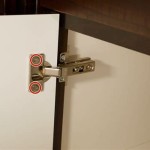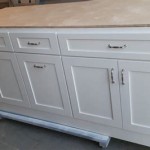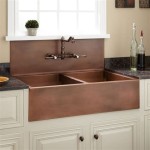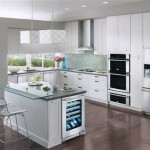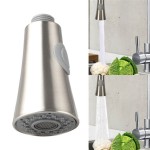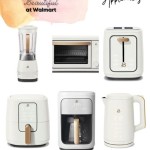Every kitchen needs an efficient ventilation system in order to maintain a safe and healthy environment. Without proper ventilation, the air can become contaminated with smoke, odors, and hazardous particles. Kitchen ventilation systems are designed to improve air quality and reduce the risk of fire and other dangers. There are a variety of ventilation options available for kitchens, each with their own unique benefits and features. In this article, we’ll explore the different kitchen ventilation options and discuss the benefits and necessities of each one.
Range Hoods
Range hoods are one of the most popular kitchen ventilation options. They are typically installed above the cooking surface and use fans to draw air through a filter and exhaust it outside. Range hoods are effective at removing smoke, steam, and odors, and can be used in conjunction with other ventilation systems to improve air quality. Range hoods are available in a variety of styles, including wall-mounted, island, and under-cabinet models.
Downdraft Ventilation
Downdraft ventilation is a type of ventilation system that is installed in the countertop or cooktop. The system uses a fan to draw air down into the range or cooktop and exhaust it outside. Downdraft systems are effective at removing smoke, odors, and other airborne contaminants. They can be used in conjunction with range hoods to provide a more efficient ventilation system.
Exhaust Fans
Exhaust fans are an effective way to ventilate a kitchen. They are typically installed in the ceiling or wall, and use a fan to draw air out of the kitchen and exhaust it outside. Exhaust fans are effective at removing smoke, steam, and odors, and can improve air quality in the kitchen. Exhaust fans come in a variety of sizes, styles, and features, and can be used in conjunction with other ventilation systems.
Air Cleaners
Air cleaners are a type of ventilation system that uses a fan to draw air through a filter and exhaust it outside. Air cleaners are effective at removing airborne contaminants, including smoke, odors, dust, and pollen. They can be used in conjunction with other ventilation systems to improve air quality in the kitchen. Air cleaners come in a variety of styles and features, and can be installed in the ceiling or wall.
Conclusion
Kitchen ventilation systems are essential for keeping the air in your kitchen safe and healthy. There are a variety of kitchen ventilation options available, each with their own unique benefits and features. Range hoods, downdraft ventilation, exhaust fans, and air cleaners are all effective at removing smoke, steam, and odors, and can be used in conjunction with other ventilation systems to improve air quality. By understanding the different kitchen ventilation options and the benefits and necessities of each one, you can make an informed decision on which system is best for your kitchen.















Related Posts

